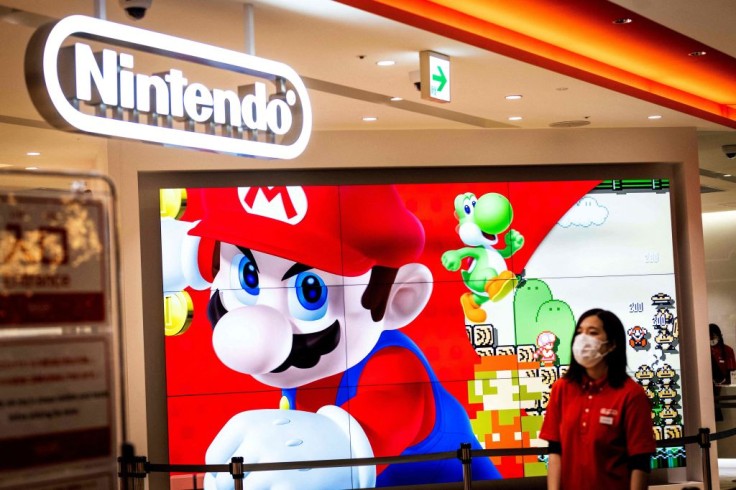
A Disney of video games - that's what Nintendo is. This is represented in the way it crafts its games, hardware and outside peripherals, as BG Falcon Media described it.
Nintendo showcase what no other console manufacturer has, and that is pure, unadulterated joy. Many generations of gamers who played Nintendo games to testify to this.
But what is the story behind Nintendo? How did this gaming company started? Who started it? These are only some of the questions that we will try to answer.
Looking Back at Nintendo's Beginning
On September 23, 1889, Nintendo was founded as Nintendo Karuta by craftsman Fusajiro Yamauchi in Shimogyō-ku, Kyoto, Japan, to produce and distribute hanafuda (flower cards). Hanafuda is a type of traditional Japanese playing card.
In 1902, the company's first western-style card deck was put on the market but other documents postpone the date to 1907, shortly after the Russo-Japanese War.
In 1951, Yamauchi changed the company name to Nintendo Playing Card Company, Ltd, a appropriate name to the leisure industry.
Nintendo moved into the Japanese toy industry in 1966 with the Ultra Hand, an extendable arm developed by its maintenance engineer Gunpei Yokoi in his free time.
Nintendo introduced electronic technology for the first time in Japan in 1970 with its Beam Gun Series.
The company developed and started selling coin-operated video games using microcomputers in 1978.
The first handheld video game system, the Game & Watch, was created by Yokoi from the technology used in portable calculators in 1980.
In July 1983, the Family Computer, or Famicom, was released in Japan along with three games adapted from their original arcade versions: Donkey Kong, Donkey Kong Jr. and Popeye.
In 1985, Nintendo came to the United States in full force with its American version of the Famicom, renamed the Nintendo Entertainment System.
Nintendo released the Game Boy in Japan on April 21, 1989, and in North America on July 31, 1989.
Early in 1990, Nintendo released the much anticipated Super Mario Bros.
With the advent of the PlayStation 2 in 1999, Nintendo entered an agreement with IBM and Panasonic to develop the 128-bit Gekko processor and the DVD drive to be used in Nintendo's next home console.
In early 2011, Nintendo released Nintendo 3DS, which allows users to see stereoscopic 3D visuals without the need for special glasses.
In November 2014, Super Mario 3D World, the first high definition, multiplayer 3D Mario platform game, was released on Wii U.
By March 2020, worldwide sales of the Nintendo Switch exceeded 55 million units.
Read Also: Mario Day: McDonald's Brings Back Happy Meal Promotion, Nintendo Offers Discounted Mario Games
How Nintendo Affects the Gaming Industry
NES' launch was a huge success in the United States. The NES was able to clear up many misconceptions about the video game industry, following the video game crash of 1983, which occurred due to a lack of consumer confidence in video game and console quality.
What lead to its huge success is Nintendo's strategy is creating games where the technology was not in need of exaggeration. Nintendo often marketed the NES as a toy as well to avoid people getting the idea that since it was a video game console, it would be low quality.
The NES was progressively released over the ensuing years in various bundles. Some of these include the Deluxe Set, the Control Deck, the Action Set, and more. Sales for the NES continued for years, finally ending in 1995.
The NES was a huge success and sold millions of systems. In actuality, Nintendo sold 7 million systems in 1988 alone, and the market for Nintendo cartridges was larger than that for all home computer software.
In fact, nearly one third of all households in both Japan and America owned the NES. The NES singlehandedly saved the videogame industry, which was projected to fall into oblivion.
The NES eventually was beaten out by many new technological consoles in the revived industry as the 1990s entered, however, its impact has not been forgotten.
Related Article: How to Clear Nintendo Switch Cache in 6 Steps and Why You Need to Do It









